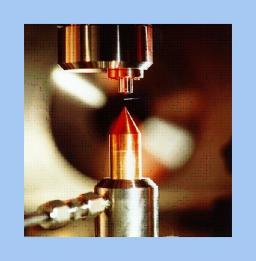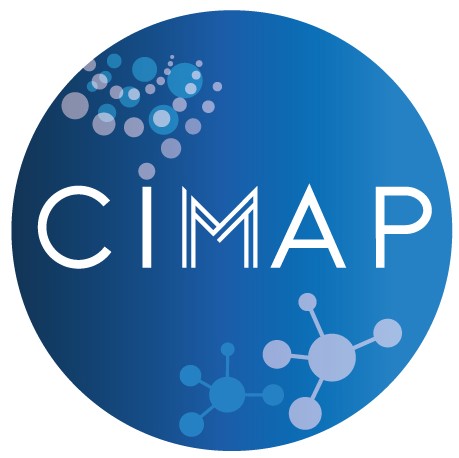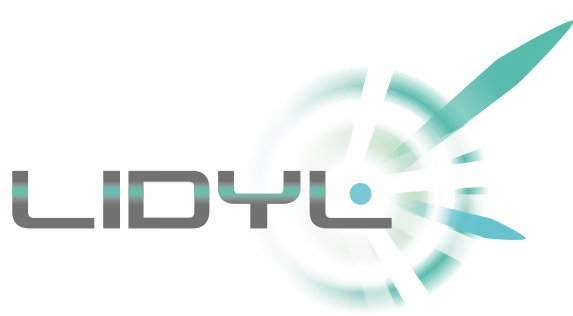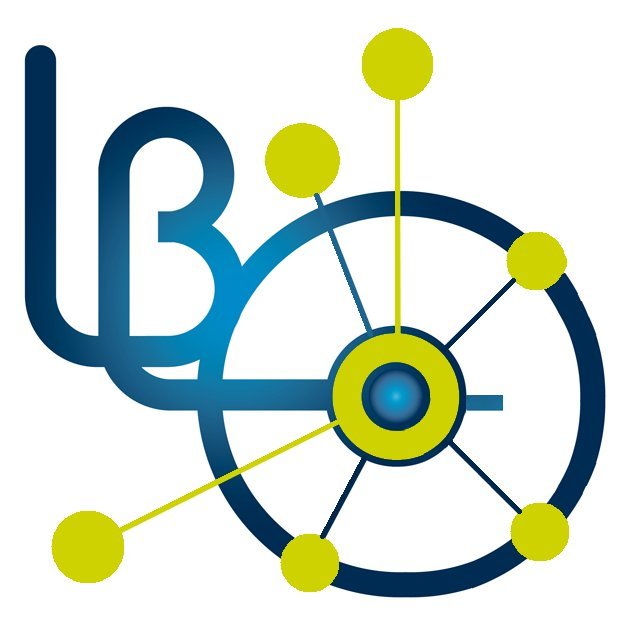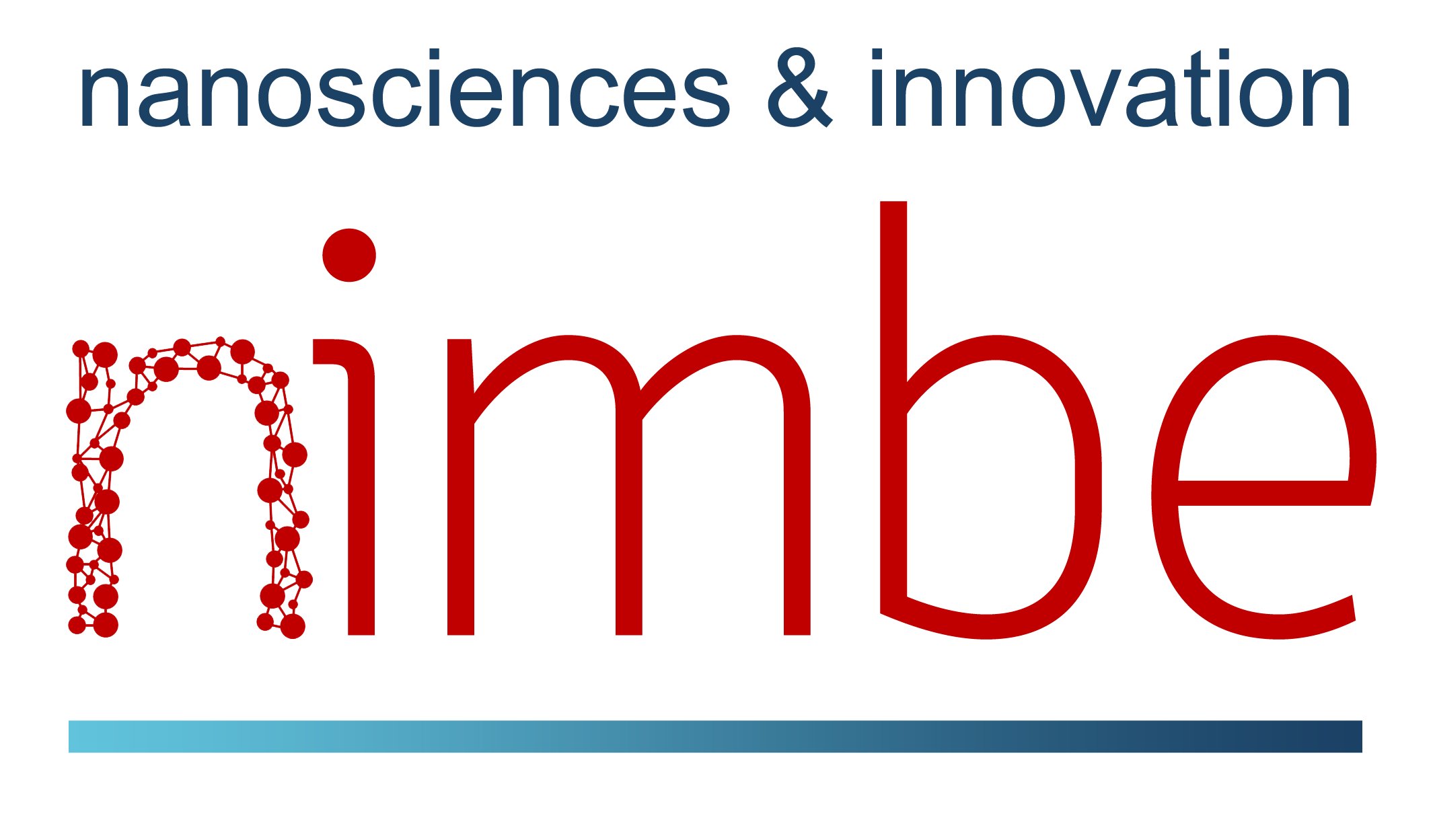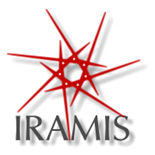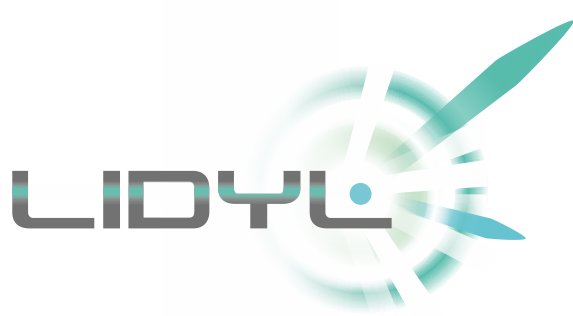 Sources de lumière extrême et métrologie optique / Extreme light sources and optical metrology
Sources de lumière extrême et métrologie optique / Extreme light sources and optical metrology
Plusieurs équipes du LIDYL contribuent au développement de sources de lumière extrême (impulsions lasers ultra intense / ultra brèves), ainsi qu'au nécessaire développement de la métrologie optique associée avec la mesure de profil d'intensité ultra-intense ou de durée d'impulsions dans le domaine attoseconde (10-18 s).
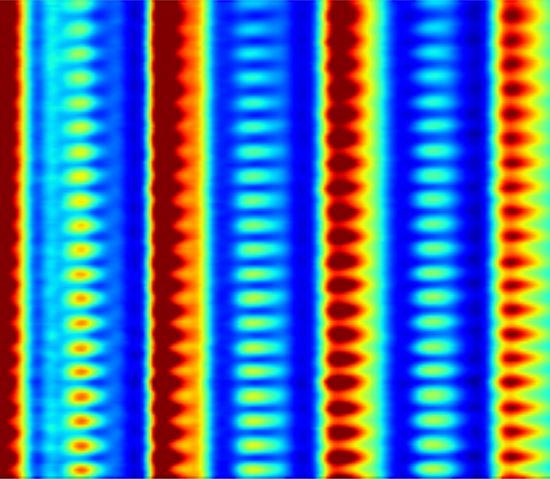
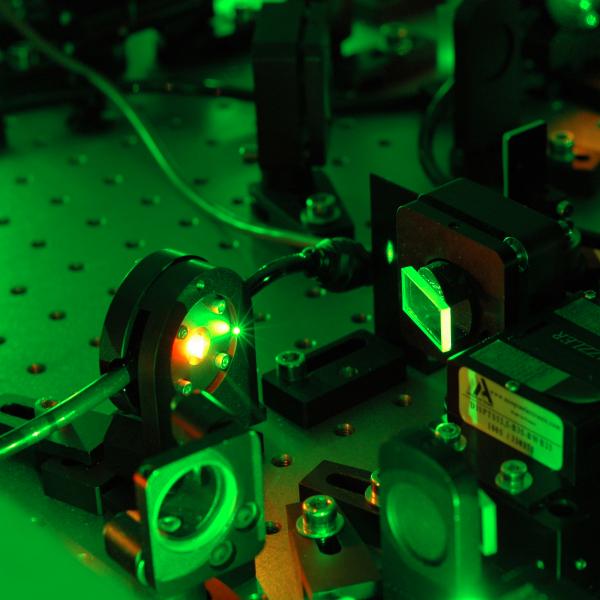
 Instrumentation et soutien à la recherche (LIDYL/SLIC)
Instrumentation et soutien à la recherche (LIDYL/SLIC)
L'équipe SLIC (Supports et Lasers à Impulsions Courtes) du LIDYL est un groupe de développement laser et de support technique. La mission principale de SLIC est de fournir des lasers de pointe pour les utilisateurs internes (LIDYL) et externes (nationaux et internationaux).
 Physique et chimie femtoseconde-attoseconde / Femtosecond-attosecond physics and chemistry
Physique et chimie femtoseconde-attoseconde / Femtosecond-attosecond physics and chemistry
While the pulse durations of infrared lasers are reaching the fundamental limitation imposed by the duration of the optical cycle (a few femtoseconds), High-order Harmonic Generation has recently opened a new field by accessing the attosecond regime (1as = 10-18 s). HHG spectra are made of lines corresponding to the odd multiples of the fundamental laser frequency, and can cover a very broad spectral range, from visible light to soft X-rays.
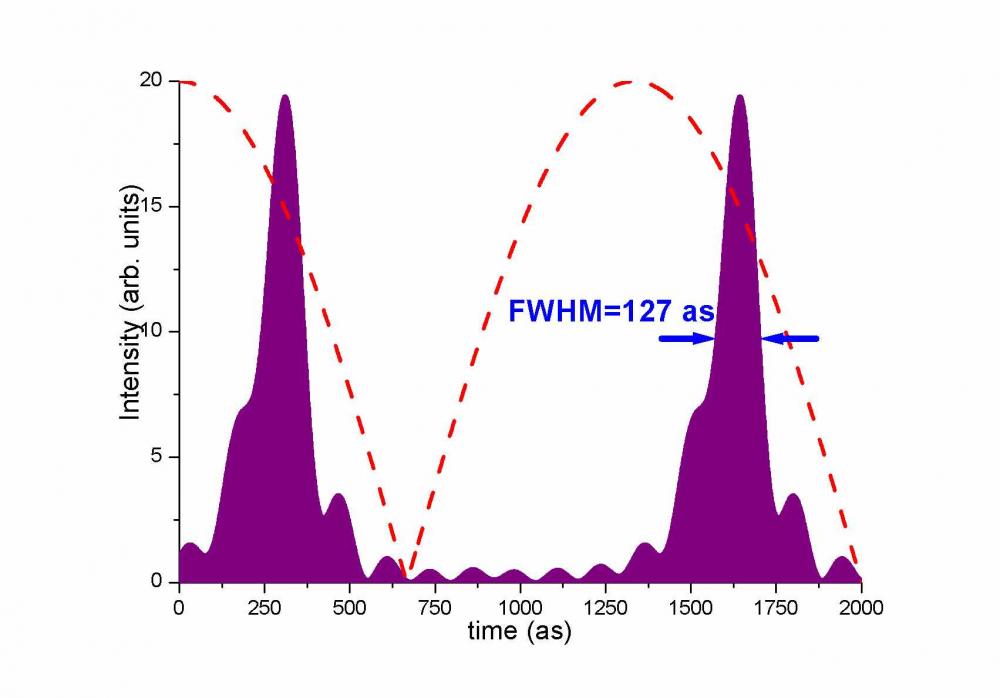
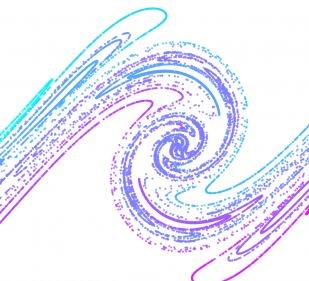
 Simulation numérique et calcul haute performance
Simulation numérique et calcul haute performance
Au LIDYL, les simulations numériques permettent de modéliser l'interaction de la lumière avec la matière en particulier sous l'effet d'impulsions laser de très haute intensité et extrêmement brèves (domaine attoseconde (10-18 s).
 Spectroscopies laser pour les applications / Laser spectroscopy for applications
Spectroscopies laser pour les applications / Laser spectroscopy for applications
La matière sous toutes ses formes est quantifiée. Atomes, molécules des molécules simples aux macromolécules biologiques, présentent des spectres lumineux caractéristiques, en absorption ou en émission, que l'on peut identifier par spectroscopie. Les sources lasers et plus particulièrement les sources impulsionnelles permettent aujourd'hui de nouveaux développements de tous les types de spectroscopies.
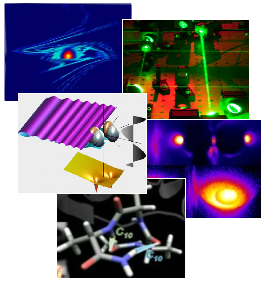

Matter under Extreme Conditions
The MEC laboratory is a fundamental research lab where two closely related topics are investigated, on the one hand the interaction of matter with a strong laser field, i.e., at high power density, on the other hand the matter at very high energy density, i.e., hot dense plasmas. The MEC lab is composed of 3 interacting research groups, namely Attophysics, Physics at High Intensity (PHI), and High Energy Density Matter (HEDM).
Three research programs of the IRAMIS found an natural extension towards biology: Molecular engineering, where studies of co-operative interactions of molecules in solution found a direct extension towards studies of proteins and of the various assembly modes of biological interest molecules, Matter with high density of energy, where radiolysis, molecule radiation interactions, can be directly transposed to molecules like the ADN, Divided ultra matter, where nanostructured materials, nanophysics and biology converge.
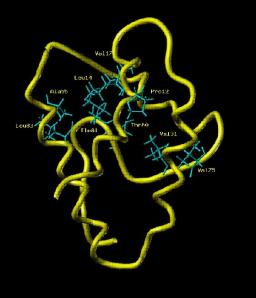
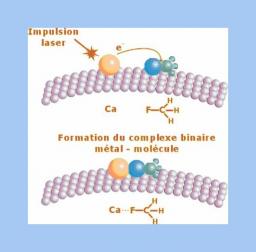
Physico-chemistry and Chemical-physics
A chemical reaction depends not only of atoms and molecules involved but also of their short range environment. Understanding a chemical reaction demands a fundamental approach taking into account both temporal and spatial features. Therefore, IRAMIS implements with lasers, time-resolved spectroscopies in the range from femtosecond to the millisecond, to study the dynamics of molecular systems, like for example DNA biomolecules, or chromophore molecules for photovoltaics.
Photosciences: Light plays a role in many physical and chemical processes; it is also an exceptional tool in the investigation of matter. Photo-scientists within laboratories of IRAMIS study the interaction between light and matter as a fundamental process and an analysis tool. Lasers: Photoscience is becoming increasingly important due to the rise of ultra-short light pulses, often ultra-intense.
